The Canadian Museum of History Brings its Systems Into the Modern Era
CMH was able to reclaim the equivalent of 24 business days per year thanks to updated reporting tools in Sparkrock.
Generating the quarterly reports for the Board used to be incredibly stressful for the entire finance division. But that’s not the case anymore.
Canadian Museum of History
About CMH
The Canadian Museum of History (CMH) proudly manages three significant institutions: the Canadian Museum of History, the Canadian War Museum, and the Virtual Museum of New France.
These museums are dedicated to safeguarding and curating artifacts of national cultural significance. They also serve as vibrant hubs for research and public education. They offer invaluable insights into Canada's rich tapestry of social, military, and human history.
By engaging visitors with interactive exhibits and comprehensive resources, CMH fosters a deeper understanding and appreciation of Canada's diverse heritage.
The Challenge:
A System Stuck in the Past
The Museum had been using an outdated ERP system, making reporting a lengthy and labour-intensive task. Linda Hurdle, the Chief Financial Officer at CMH, explains:
“We had been using an old ERP system, but we’d struggled as a finance team to get information out of it. It was very old, not user-friendly and very labour-intensive. Reports came out in PDF format which then had to be manually transferred into Excel.”
The system, by its nature, also dictated many of the processes and procedures at the organization and had a broad impact museum-wide. Processes were manual and paper-heavy, resulting in time-consuming delays, inefficiencies, and organization-wide frustration.
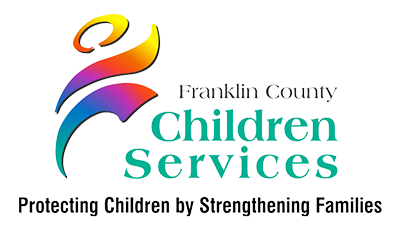
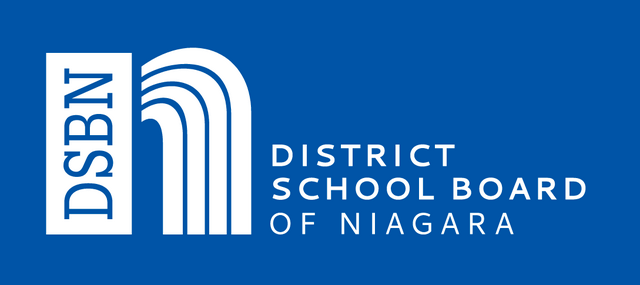

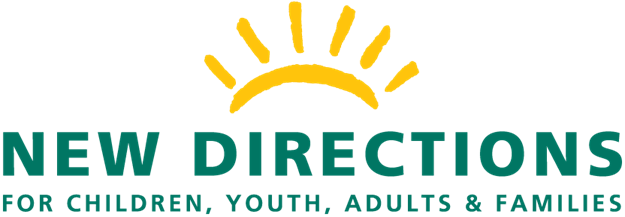
The Solution:
Less Dust, More Data
After thoroughly evaluating their needs and exploring various options, a strategic initiative was launched to upgrade their existing ERP system to Sparkrock. This upgrade was not just a simple replacement; it was a comprehensive enhancement of their operational infrastructure.
To further optimize backend processes, they adopted the Sparkrock Employee Center. This powerful tool provided tailored access to specific functionalities, empowering non-core users with the ability to view reports, approve invoices, and monitor budgetary statuses.
The entire project was executed under a tight deadline, with a completion target of just four months, ensuring everything was in place by the critical April 30th year-end.
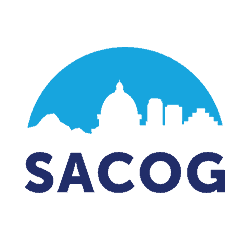
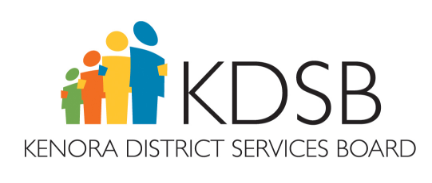

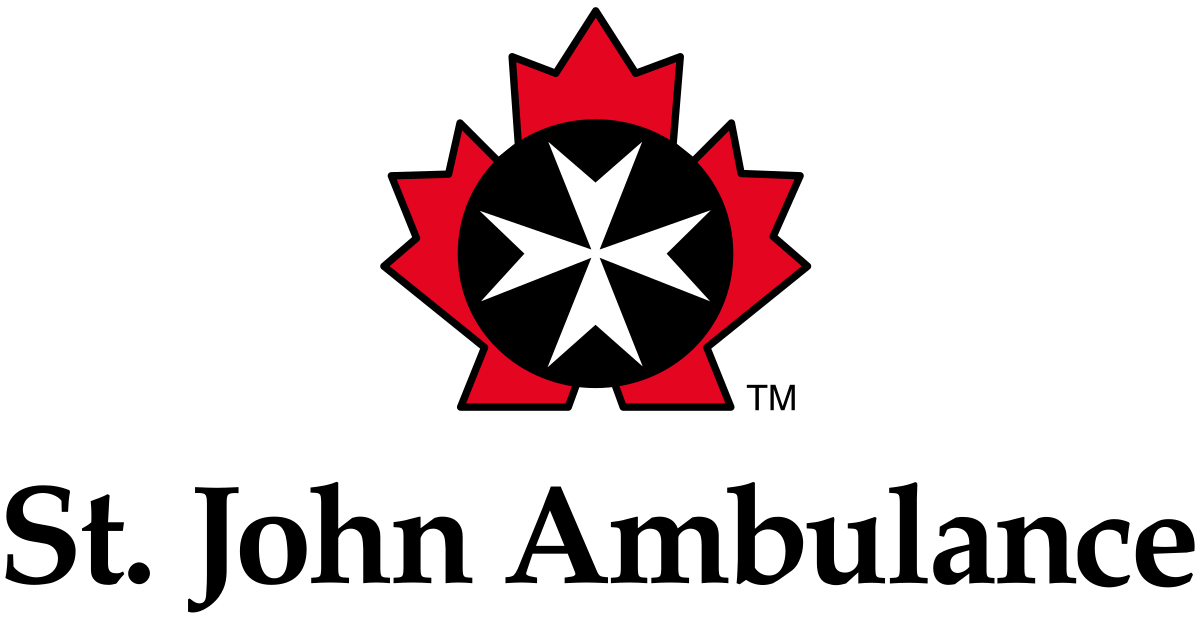
The Outcome:
Manual Reporting is History
Once the labour-intensive element of the reporting function had been replaced, the stress of the quarterly reporting and reporting up to the Board was removed. What used to take three people two full days to output from the old ERP can now be generated by a single click, in less than a minute—saving them the equivalent of six days per quarter and 24 days per year.
With improved reporting and analysis on accurate up-to-date figures, the Board and senior management now have the data and the time they need to make more informed decisions to run the organization. The team also gained end-to-end visibility on museum finances ffrom purchase order to payment, with requisition approval workflows and automated orders based on business rules.
Staff are no longer burdened with manual processes such as re-keying of information or having to deal with mountains of paper invoices. Using solutions from Microsoft ensures that integration and inter-operability is built into the products at a base code level, and finance staff can gain instant access to the information and insights that they need to do their jobs well.
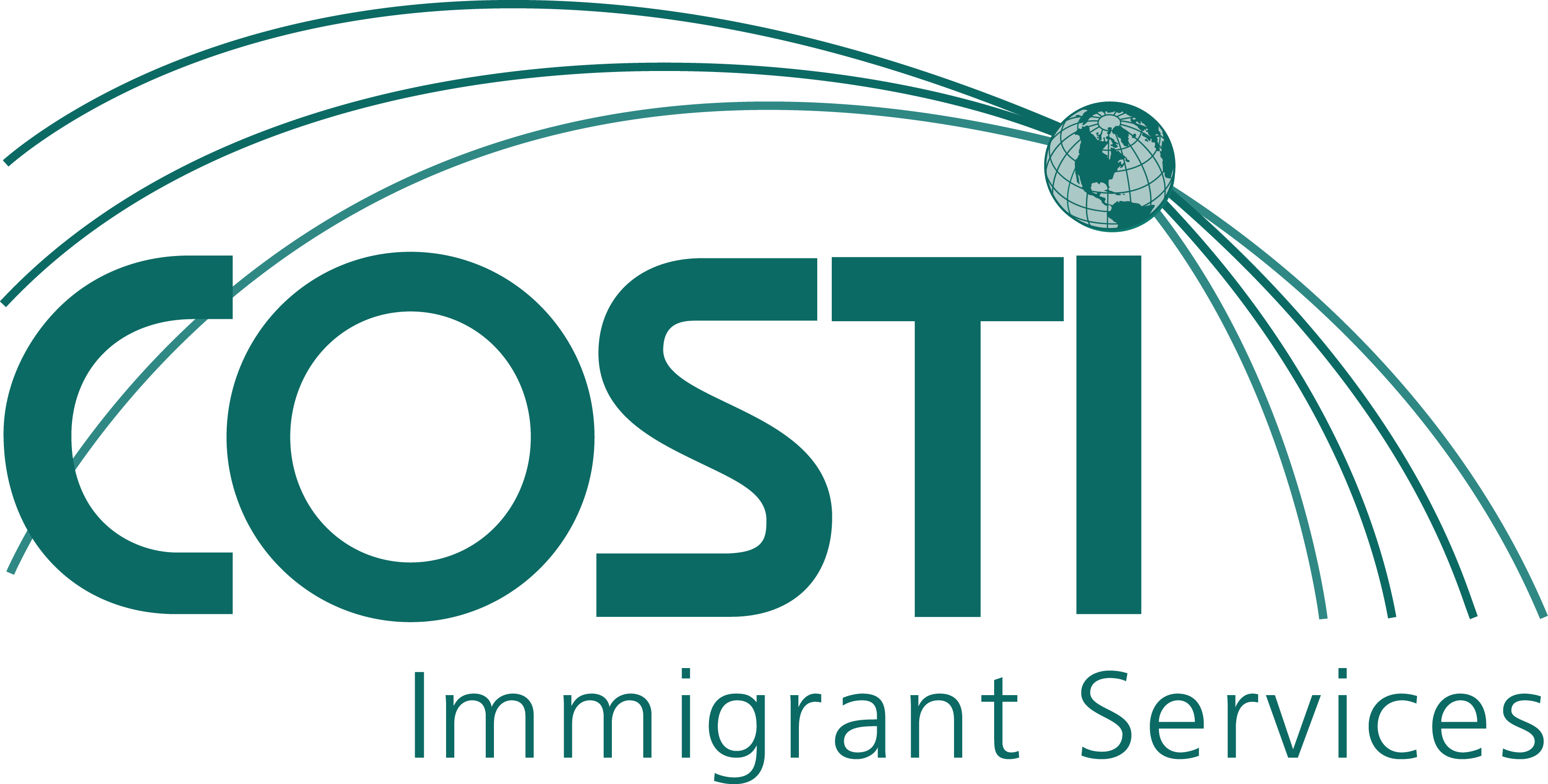
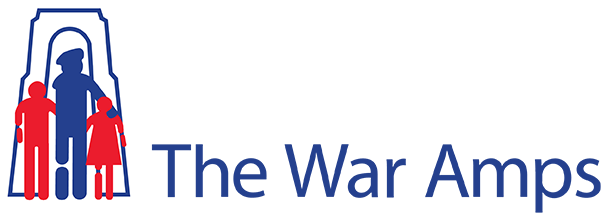
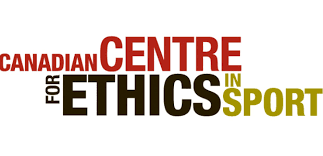
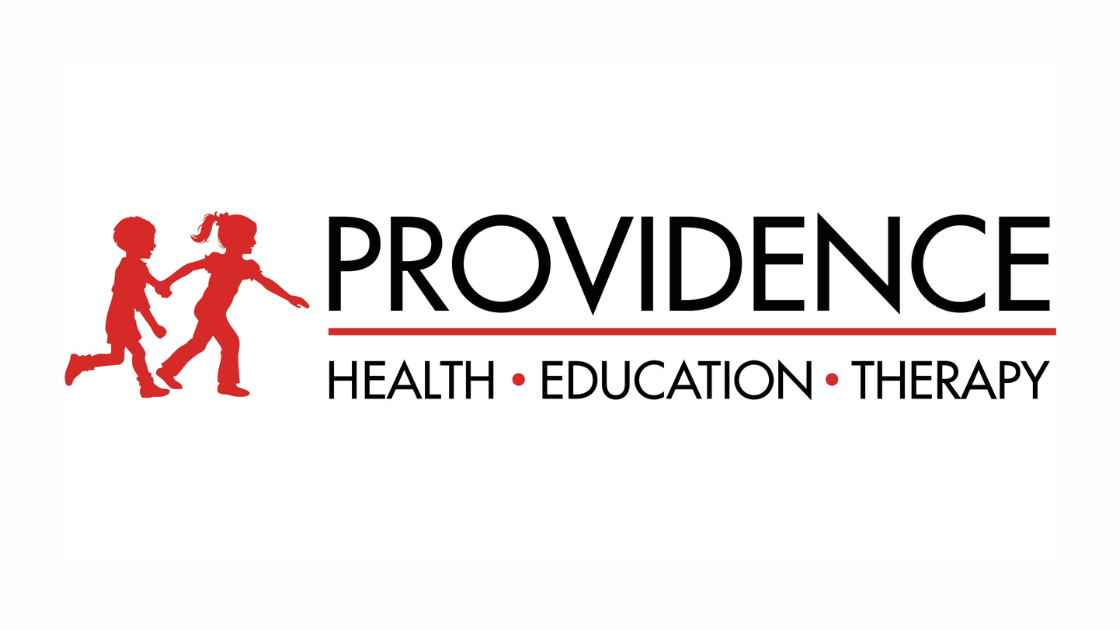
Read Other Success Stories
-
 Providence Child Development SocietyProvidence transformed their operations with Sparkrock, leading to improved efficiency, confident staff, and remarkable growth.Read their story
Providence Child Development SocietyProvidence transformed their operations with Sparkrock, leading to improved efficiency, confident staff, and remarkable growth.Read their story -
 ACCES EmploymentACCES Employment required a robust tool for financial reporting and project management that could serve multiple departments and projects.Read their story
ACCES EmploymentACCES Employment required a robust tool for financial reporting and project management that could serve multiple departments and projects.Read their story -
 Sacramento Area Council of GovernmentsSACOG says that Sparkrock has "saved them more than once" from significant personnel challenges.Read their story
Sacramento Area Council of GovernmentsSACOG says that Sparkrock has "saved them more than once" from significant personnel challenges.Read their story
Are you ready to spark change?
With Sparkrock, you'll have the tools to manage your finances and workforce more efficiently so you can focus on what you do best. Go from paper-based processes to intelligent cloud-managed workflows, and access the data you need to make a real difference in your community.
